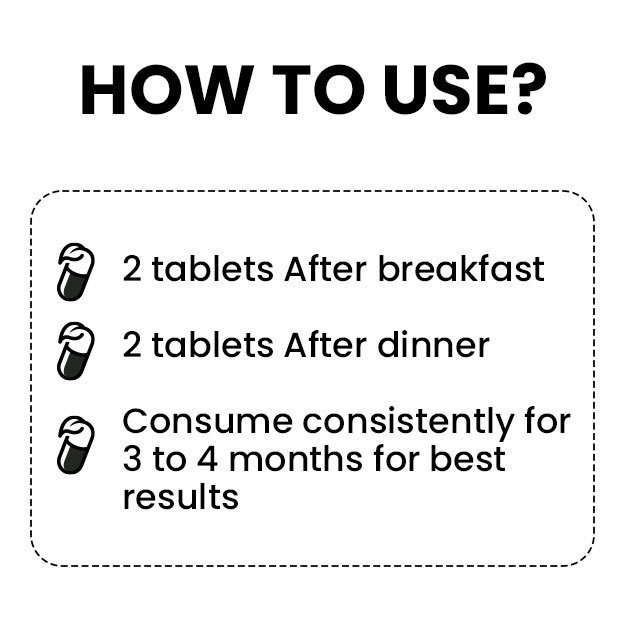The pituitary gland is a small gland of the endocrine gland that is located in the middle of the brain behind the nose. It produces hormones to control growth and metabolism in the body. In case of cancer or tumor, removing this gland is considered a big step. If cancer or tumor is not cured by medicine or any other treatment, then in this situation the pituitary gland is removed. This happens especially in the case of craniopharyngioma tumors. The surgery to remove the pituitary gland is called hypophysectomy. In this, the tumor has to be removed and the gland has to be partially retained.
According to the report of the Pituitary Network Association, one in every five people globally suffers from pituitary tumor. Earlier, in a study conducted by Dr. R.T. Costello in 1936, 22.4 percent of all participants were found to have pituitary tumors. Since then, there has not been much change in its figures.
The general treatment for pituitary tumors is surgery. People whose hypophysectomy surgery fails or who are not fit for this surgery are given radiotherapy.
Read more - (Prolactinoma)
- What Is The Surgery To Remove The Pituitary Gland?
- Why Is Hypophysectomy Surgery Done?
- Preparation Before Pituitary Gland Removal Operation
- How Is Pituitary Gland Removal Surgery Done?
- Care And Precautions After Hypophysectomy Surgery
- Complications Of Pituitary Gland Removal Operation
- Summary
What Is The Surgery To Remove The Pituitary Gland?
The pituitary gland is also called hypophysis. This gland controls the production of hormones in other important glands of the body such as adrenal and thyroid glands. When the tumor spreads in this gland and it is not cured even with medicine or other therapy, then in this situation hypophysectomy surgery is done.The following are the types of hypophysectomy surgery:
Transsphenoidal Hypophysectomy:
In this, the pituitary gland is removed through the sphenoid sinus of the nose (the cavity behind the nose and between the eyes). This surgery is done with a microscope or endoscopic camera.
Open Craniectomy:
In this, a small cut is made in the skull and the pituitary gland is removed from inside the brain by slightly lifting it up.
Stereotactic Radiosurgery:
By making a small cut in the skull, the pituitary gland and the surrounding tumor or tissues are destroyed with the help of instruments on the surgical helmet. In this, radiation is used to protect the surrounding healthy tissues, which works only on the tumor tissue. This procedure is mainly used on small tumors.
Read more - (Exploring the Hypothalamus and Its Functions)
Why Is Hypophysectomy Surgery Done?
There are many reasons for performing a hypophysectomy surgery, such as:
- To remove a tumor around the pituitary gland
- To remove a tumor formed from the tissues around this gland, i.e. craniopharyngioma
- To treat Cushing's syndrome (when the body is exposed to too much of a hormone called cortisol)
- To improve eyesight by removing extra tissue or mass around the pituitary gland
- Instead of removing the entire gland, only the tumor part can be removed
Read more - (What Is Growth Hormone?)
Preparation Before Pituitary Gland Removal Operation
- Before undergoing hypophysectomy surgery, the patient should be completely relaxed. He should be aware of the surgery.
- Before surgery, an MRI scan is done and the neurosurgeon examines the patient to see if he is suitable for hypophysectomy surgery or not.
- The patient is admitted to the hospital a day before the operation and undergoes blood tests, chest X-ray or electrocardiogram to determine if the patient is fit for anesthesia. Four to five sticks are attached to the forehead with buttons and marks are made for a special MRI scan. These buttons can help the neurosurgeon to remove the pituitary tumor accurately.
- The patient is asked not to eat or drink anything the night before the surgery.
- If the hypophysectomy operation is to be done through the nose, the patient is asked to try to breathe through the mouth as the nose is closed for some time after the surgery.
- The patient is given anesthesia to make him unconscious before being taken to the operation theater.
- The patient is made to wear loose clothes before being taken for surgery.
- The patient or his family members should ask the surgeon which type of hypophysectomy surgery will be best for him.
Read more - (Oxytocin hormone: function)
How Is Pituitary Gland Removal Surgery Done?
- First of all, the surgeon will decide which type of hypophysectomy surgery will be right for the patient.
- Most commonly, trans-sphenoidal hypophysectomy surgery is done in which the patient is made to lie down in a semi-reclining position (sitting slightly bent backwards) and is given support to keep the head stable.
- Now several small cuts are made in front of the sinus cavity and above the upper part of the lips.
- Now a speculum is applied to keep the nasal cavity open.
- An endoscope camera is inserted to view the pictures of the nasal cavity on the screen.
- After this, some special instruments called pituitary rongeurs are inserted to remove the tumor and pituitary gland completely or some of its parts.
- Fat, bone, cartilage and some surgical things are used to fill the place from where the tumor and gland have been removed.
- The surgeon applies antibacterial medicine in the nose to prevent bleeding and infection.
- The cut in the sinus cavity is closed by stitching it.
Read more - (Salivary Gland)
Care And Precautions After Hypophysectomy Surgery
After this surgery, the patient has to take care of some things, such as:
- This surgery takes one to two hours.
- The patient's nose is kept closed for about four days to prevent bleeding.
- It is very important to clean the incision site daily and change the bandage.
- Drips are applied on the hands and feet and other lines to monitor the heart and breathing rate.
- A catheter is applied to check whether the urine is coming properly or not and its quantity.
- An oxygen mask is put on the patient.
- After coming to the general ward, the patient is given food after coming out of anesthesia. If the patient is taking the right amount of fluids and urination is also normal, then the drip and catheter are removed the next morning after the operation.
- The patient is forbidden to put anything in the nose and blow through the nose before being discharged from the hospital.
Read more - (Glands, nutrition and lifestyle related diseases)
Complications Of Pituitary Gland Removal Operation
Some complications can arise due to surgery, such as:
Cerebrospinal Fluid Leakage:
This fluid is present in the brain and spinal cord. After surgery, this fluid starts leaking. It has to be treated with lumbar puncture in which a needle is inserted into the spinal cord to remove the excess fluid.
Hypopituitarism:
In this, the body is unable to produce hormones properly. It can be treated with hormone replacement therapy.
Diabetes Insipidus:
The body is not able to properly regulate water intake.
Speak to your doctor immediately if you notice the following complications after surgery:
- Frequent nosebleeds
- Excessive thirst
- Loss of vision
- Clear nasal discharge
- Salty taste at the back of the mouth
- Frequent urination
- Headache that does not go away despite taking medication
- High fever (101 degrees Fahrenheit or higher)
- Persistent drowsiness or fatigue after surgery
- Frequent diarrhea
Read more - (Common health problems)
Summary
Pituitary gland removal surgery, also known as pituitary tumor removal surgery, is a complex procedure that is usually performed to remove a tumor or abnormal growth. This surgery is usually done to correct neuroendocrine problems, hormonal imbalances, or vision problems. This procedure is performed via an endoscopic trans-sphenoidal approach (through the nose) or an open craniotomy.
After the surgery, the patient is kept under observation in the hospital for a few days. Hormonal therapy and regular follow-ups are necessary during recovery. Potential risks may include infection, hormonal imbalances, or changes in vision. This surgery is considered safe and effective with the help of skilled surgeons and advanced medical techniques. However, this decision should be taken only after consulting a doctor and a detailed examination.
Doctors for What is Hypophysectomy? Procedure, Purpose, and Recovery

Dr. Narayanan N K
Endocrinology
16 Years of Experience

Dr. Tanmay Bharani
Endocrinology
15 Years of Experience

Dr. Sunil Kumar Mishra
Endocrinology
23 Years of Experience




























